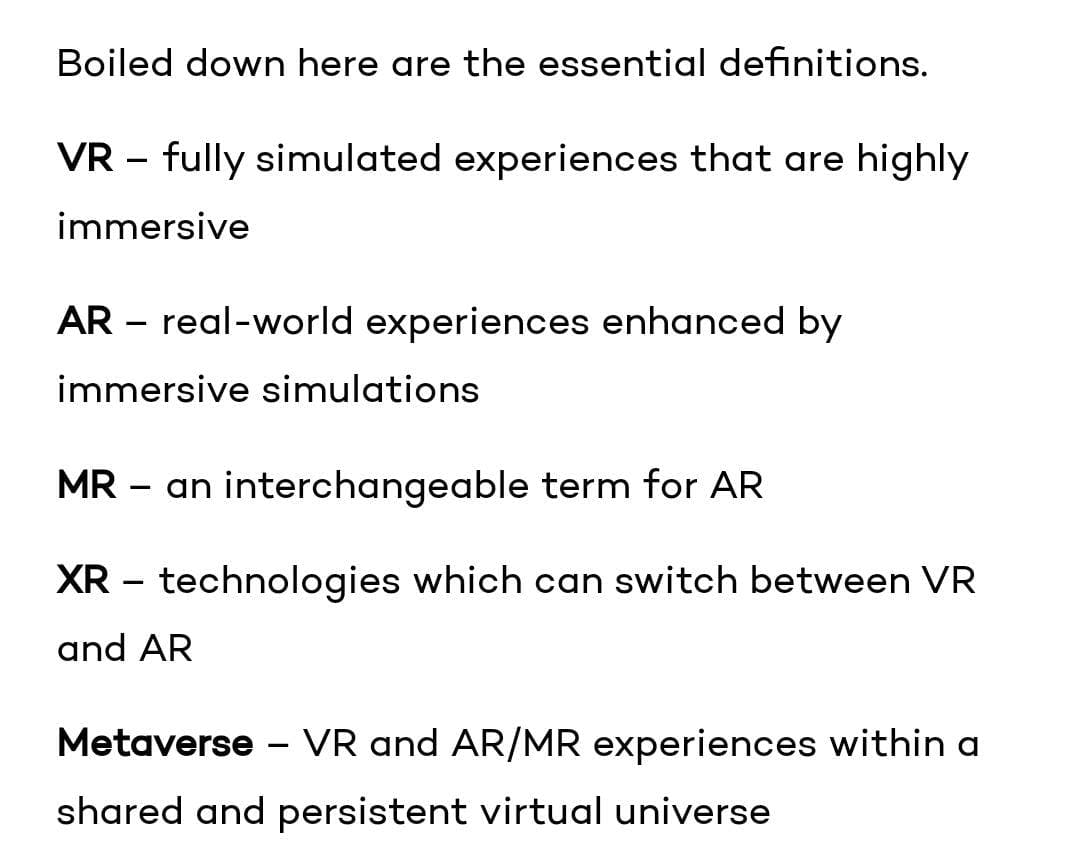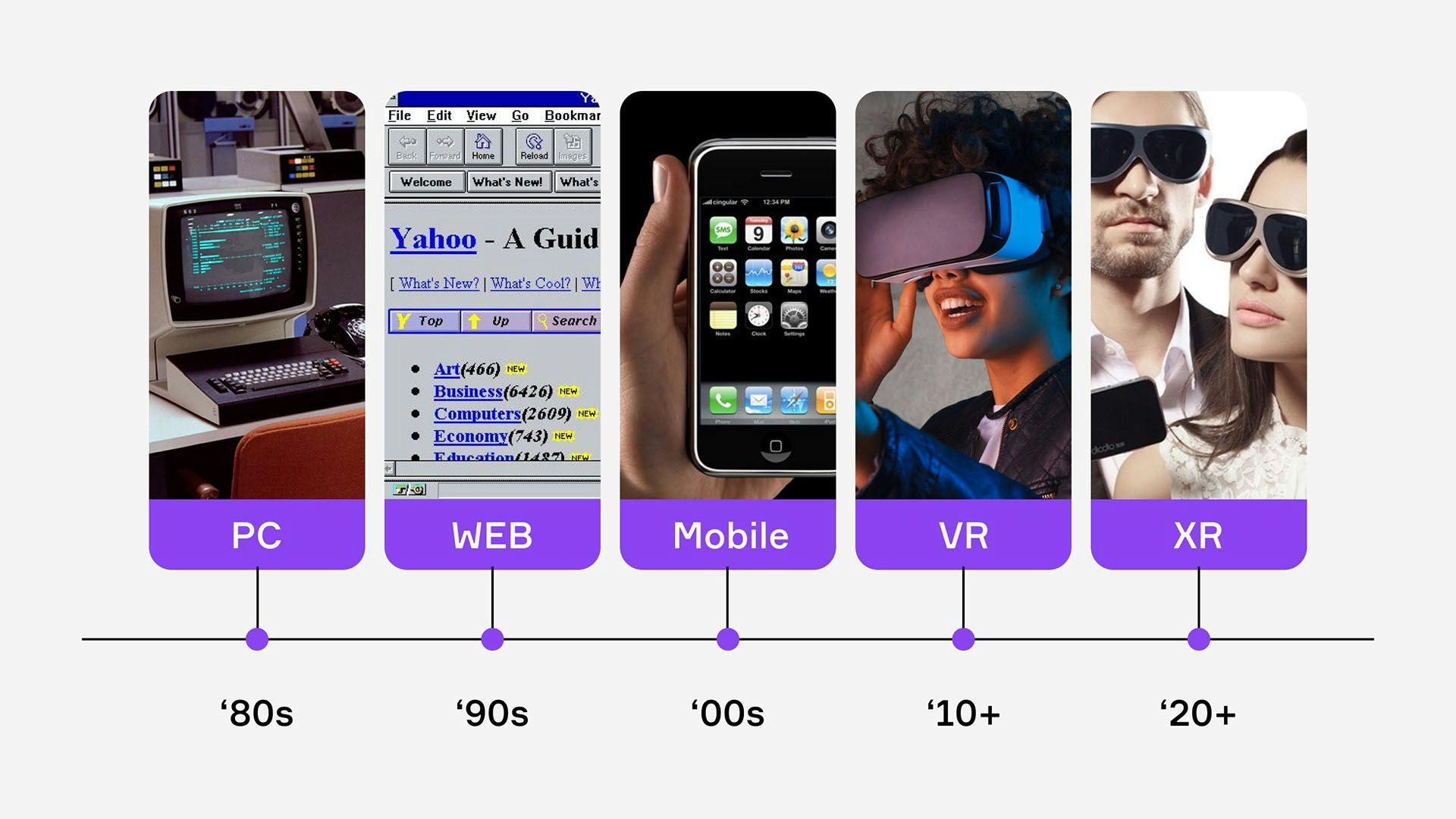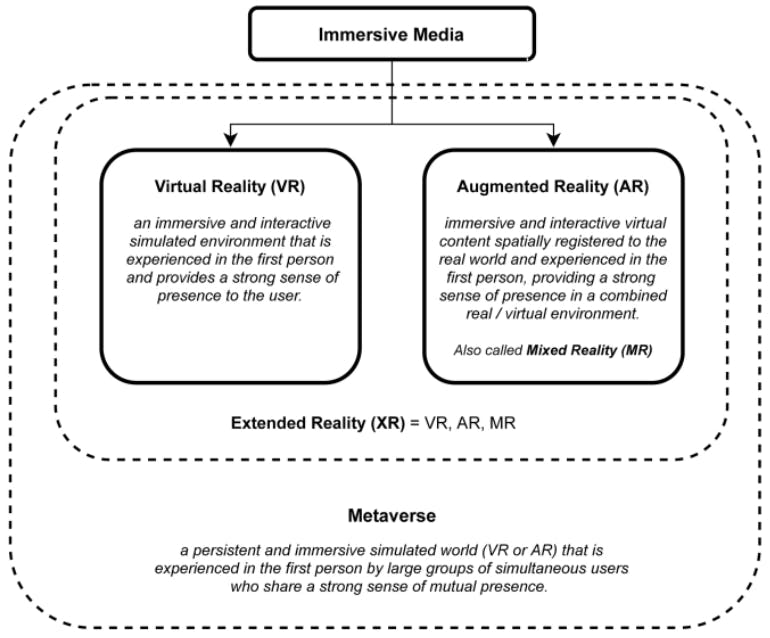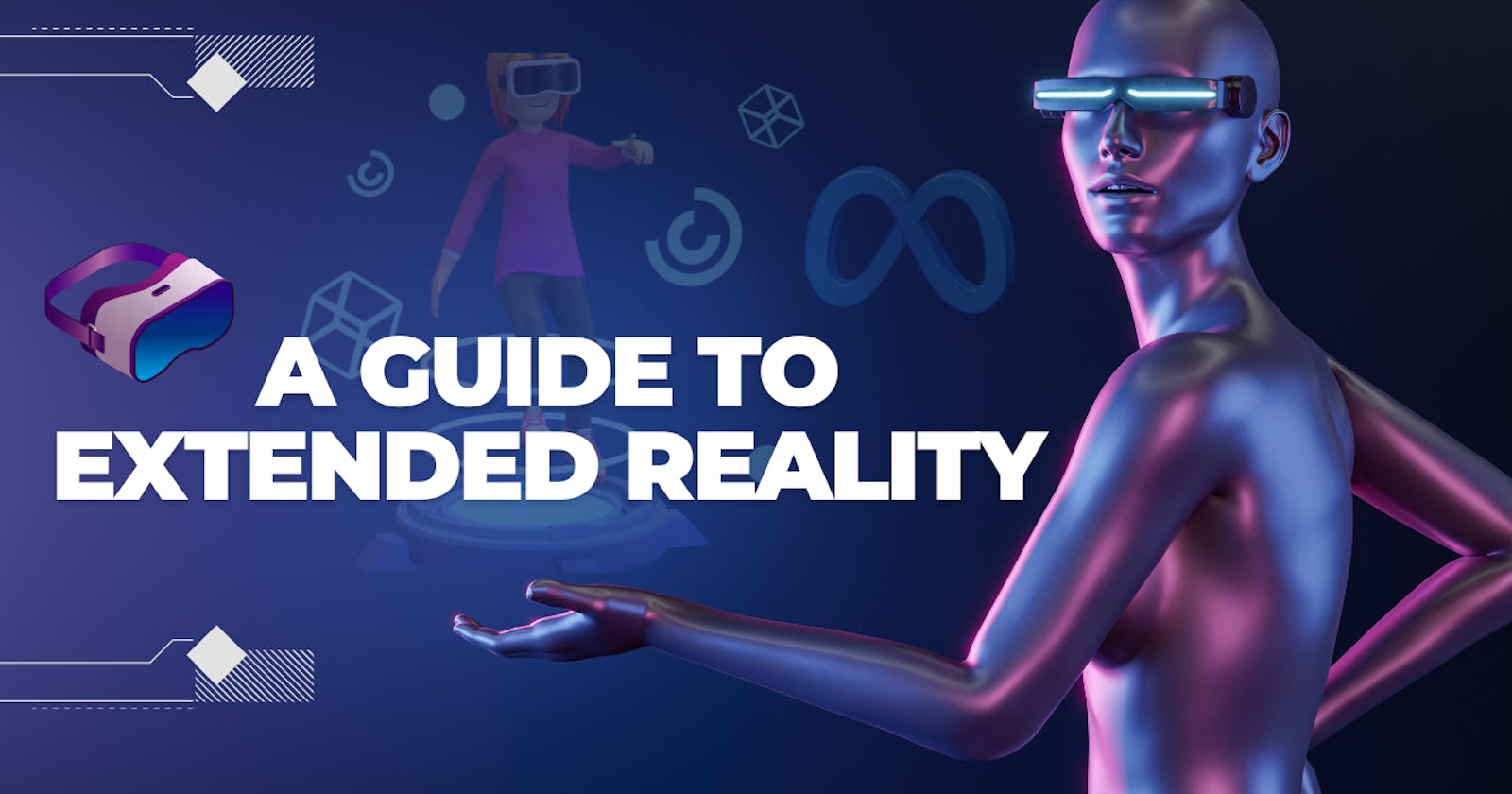The pandemic introduced us to a jumbled life, mixing real-world living with virtual activities. From working over ms teams to ordering groceries straight to our doorstep, all of us have become accustomed to the technology of our routines. And whether you love it or hate it or you’re still trying to understand it, there’s no going back. Digital products and experiences will now continue to rank high among consumers' and enterprises’ priorities.
New technologies like virtual reality (VR), augmented reality (AR), and mixed reality (MR), which when combined create Extended Reality, are assisting in making all of this a reality (XR). These technologies are now practically necessary for companies and customers that wish to improve their development services.
So, today we are taking a closeup shot at what extended reality is and how is it different from AR/VR. After exploring this article, you’ll have a better grip on your own reality when it comes to this new term.
What is Extended Reality?
Firstly, Let’s break down the meaning behind XR - and what it stands for. In simple terms, Extended Reality is a superset of Augmented Reality (AR), Virtual Reality (VR) & Mixed Reality (MR).
In a nutshell, XR is “reality-plus” tech using any kind of display.
XR = VR + AR
Extended reality (or XR) is an umbrella term for computer-generated environments that merge the physical and virtual worlds or create an entirely virtual experience for users.

Recent Advances in extended reality have particularly changed the way we work, live, and play, and it’s just the beginning of the new era.
From gaming to virtual production to system design, XR has enabled people to create, collaborate and explore in computerized environments like never before.
The usage of the phrase in relation to XR technology causes misunderstanding. Similar to previous catch-all phrases like "digital" or "natural," there is currently something of a marketing gold rush going on as every major tech company scrambles to brand their most recent products with the buzzword.

Use Cases of Extended Reality
From 360-degree videos on YouTube to AR filters on Snapchat to homemade VR devices like the Google Cardboard are changing our experience of immersive experiences.
From immersive gaming experiences to virtual learning/virtual training tech giants and enterprises are deploying XR into their workflows and design methodologies. XR drastically improves design implementation with the inclusion of a digital twin.
1. Gaming
According to a survey, the XR gaming market is on track to reach $18 billion by 2023. The advancements of XR in gaming, from the game-changing augmented experiences provided by Pokémon Go to the magnificent worlds uncovered by the Oculus Quest, are swiftly gaining popularity.
2. Immersive Showrooms and Customer Experience
Dealerships and top automakers may offer their consumers the chance to hop inside a car using a VR headset or explore the inside with AR software when the automobile isn't actually there.
3. Engineering and Manufacturing
Extended reality offers the chance to experience things before buying them, especially expensive ones, which is one of its key benefits. You may simply try on clothes, jewelry, pieces of art, and even furniture and vehicles, whether you're in a store or shopping from home. Augmented reality in some ways blends the benefits of online and physical buying.
4. Healthcare
During the pandemic outbreak, doctors used XR extensively to offer remote care. Extended reality is currently widely used in medical imaging technologies including CT scans and magnetic resonance imaging (MRI).
and many more...
From collaborative 3D worlds to 5G streaming to 3D Avatars, dive into the latest trends and next-generation technologies of extended reality. People may utilize XR products and acquire the computing capacity to perform XR experiences from a data center, regardless of place or time, by streaming via 5G from the cloud.
How XR is different from AR/VR?
To reduce your confusion on AR/VR/MR/XR and Metaverse, Just first go through the t below image.

While all AR is XR, not all XR is AR.

XR vs VR
Extended reality (ER) includes virtual reality (VR) (XR). When using a VR device, the user's whole field of view is occupied by the display, creating an immersive computing or gaming experience. Sometimes, all it takes to do this is a headset that your smartphone can fit inside, allowing the screen to be placed around an inch away from the viewer's eyes.
XR vs AR
By digitally stacking information over a live camera stream, augmented reality (AR) technology modifies how you perceive the world while on the other hand, XR expands the real and virtual worlds into the background and beyond, fusing the two together.
In other words, you could use your phone with a VR headset to play a video game. That is both VR and XR. But since there isn't an "augmented" piece of the pie, it isn't AR. Nothing from the digital world is being superimposed over a representation of your surroundings.
Let's Wrap Up!
Technologies like VR, AR, and MR have the tremendous potential to transform the way we interact with day-to-day aspects, across a wide range of industries. And combined, with XR technology, this will be equally transformative for both consumers and enterprises.
While XR is not yet a reality that can be consistently present in our daily lives, it is already influencing how the world will develop in the future, as seen by innovations like the metaverse.
Happy Techie Learning!

